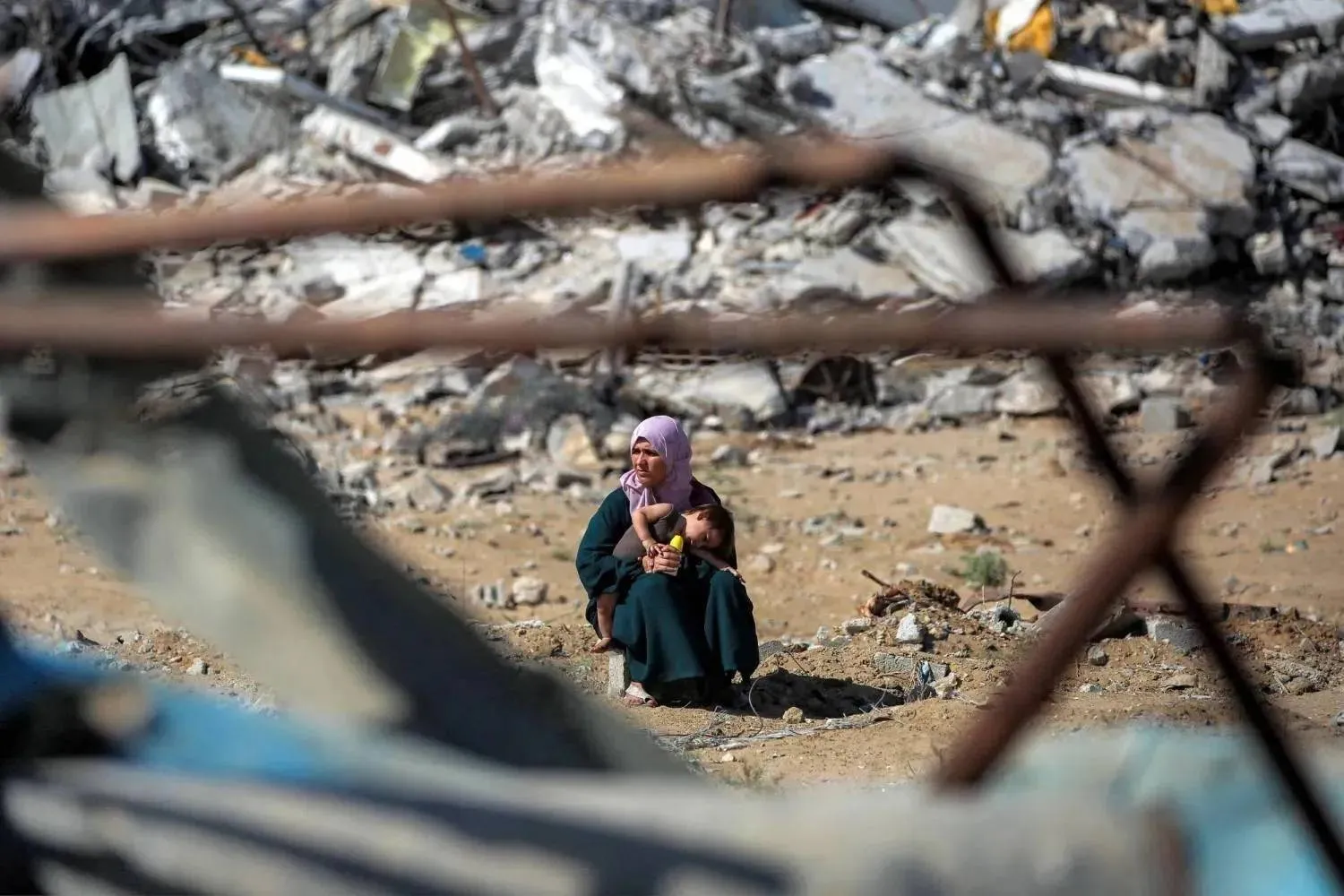Egyptian President Abdul Fattah al-Sisi inaugurated on Wednesday the Bernice military base on the Red Sea. The event was attended by Saudi Deputy Defense Minister Prince Khalid bin Salman and Crown Prince of Abu Dhabi and Deputy Supreme Commander of the Armed Forces Sheikh Mohamed bin Zayed.
The inauguration was also attended by Egyptian parliament Speaker Ali Abdul Aal, Prime Minister Mustafa Madbouli and Defense Minister Mohammed Zaki.
Described as the largest air and land base in the Middle East, Bernice covers an area of 150,000 acres and overlooks the Red Sea coast on Egypt’s southern border. It includes two tarmacs and a hangar to perform maintenance operations on jets, reported Egypt’s official news agency. It boasts many firing and training ranges for all weapons, in addition to a number of logistic and housing facilities. It comprises a naval base, air base, military hospital and a number of combat and administrative units.
The base has already witnessed a major military drill, Qadir 2020, that included the participation of Mistral-class carriers, submarines, combat ships, amphibious units and various fighters.
In a tweet, Sheikh Mohamed said: “I was happy to accompany the Egyptian President during the opening of the Berenice military base and civilian airport. Such achievements reflect Egypt's vision of all-round development and enhance its role in regional stability. We wish it more progress and prosperity.”









